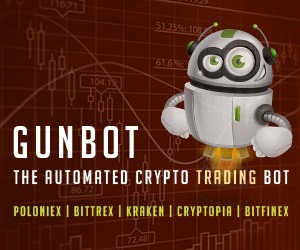A collection of bitcoin tokens sit in this arranged photograph in London, U.K., on Tuesday, Jan. 9, 2018. On Wednesday, billionaire Warren Buffett said on CNBC that most digital coins won’t hold their value.
Photographer: Chris Ratcliffe/Bloomberg
Photographer: Chris Ratcliffe/Bloomberg
Remember when Long Island Ice Tea Corp. sent its shares soaring by reinventing itself as a crypto company before crashing and burning? Well, it’s happening again in the digital-asset sphere, but instead of adding “blockchain” to a name, DeFi is the moniker of choice.
DeFi, or decentralized finance, has become part of more and more company promotions this year. Nucleus Vision, a data-sourcing project started in 2014 to provide consumer insights to retailers, recently announced that it’s “DeFi for Retail Purchase Loans.” Tao Network, which has been around since 2015, now states it’s “building DeFi of entertainment.” Tron, an operating system active for at least three years, just issued its own DeFi coin.
In many cases, the rebranding efforts are prompting a surge in token prices not seen since the peak of the Bitcoin bubble in late 2017. The market value of Tron’s TRX coin, which is tied to a new DeFi token called Sun Genesis Mining, jumped by $800 million in the three days after the announcement of the new coin.
DeFi has been the hottest thing in crypto the past year. DeFi apps are supposed to let people lend, borrow, trade and take out insurance directly from each other, without use of intermediaries like banks. That has also lead to multiple get rich quick schemes such as yield farming that often promise triple-digit returns.
“Crypto rebranding has been going on as long as there has been crypto, and since DeFi has been hot for about the last 18 months, a lot of crypto have been emphasizing their DeFi aspects,” said Aaron Brown, a crypto investor who writes for Bloomberg Opinion. “It’s not hard, since DeFi is not always defined rigorously, and most crypto is decentralized and most has some financial aspect, so it’s not hard to rebrand.”
Technically, DeFi apps — whose financial functions are supposed to be run entirely by software — ought to have no central administrator or authority, but that’s often not the case even with the latest projects. Often developers retain some measure of control, in case a bug in an app’s code renders it unusable, or vulnerable to hackers.
“It dilutes the phenomenon somewhat, which explains why we’ve seen more efforts to pin down the concept, rebrand to open finance, and point out critical points of centralization,” said Nic Carter, co-founder of researcher Coin Metrics. “All of these are attempts to maintain the purity of the movement.”





